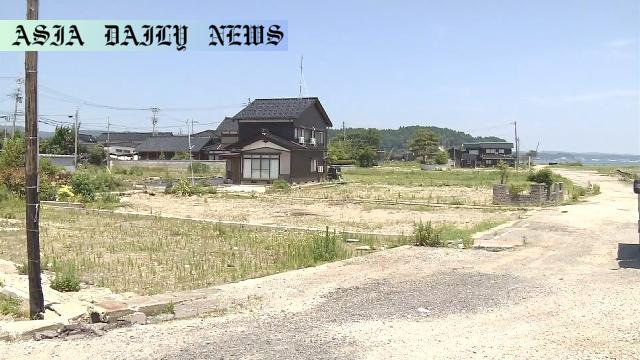Population Decline: The earthquake-hit Oku-Noto region faces a significant 10% population drop, casting uncertainty on its recovery.

Introduction: The Impact of the 2024 Quake
The powerful earthquake that struck areas along the Sea of Japan coast, including the Noto Peninsula on New Year’s Day 2024, continues to leave its mark 18 months later. The disaster caused widespread destruction, claiming 616 lives across Ishikawa, Toyama, and Niigata prefectures. The affected areas, including the Oku-Noto region in northern Ishikawa Prefecture, are now grappling with long-term impacts, one of the most alarming being the sharp decline in local population.
Severe Population Decline in Oku-Noto
In the quake-hit Oku-Noto region, the local population has plummeted by 10.7%, underlying the long-lasting socio-economic challenges faced by communities in disaster-struck areas. A focal point of concern is the Horyu-machi district in Suzu city, which reported the sharpest decline within the region. From a population count exceeding 1,870 before the disaster, the district now has 300 fewer residents. This downward trajectory signals growing worries about the viability and sustainability of these small, shaken communities in the aftermath of the quake.
Challenges in Rebuilding Communities
The dwindling population is an indication of deeper social and economic rifts. Local surveys reveal an unsettling trend: many child-rearing families are planning to leave due to uncertainty about their future prospects in the region. Some families maintain their residency registrations in the area but have physically relocated to cities like Kanazawa. The uncertainty surrounding community reconstruction efforts, combined with a lack of robust infrastructure and opportunities, has exacerbated residents’ reluctance to return or remain in the region, further intensifying the population decline.
The Loss of Community Identity and Recovery Efforts
The earthquake not only impacted the region’s physical structures but also deeply affected its communal identity. Officials and local leaders, such as Tada Shinro, are striving to revive interest in the area and draw back displaced residents. Events like the traditional local festival, set to occur for the first time in two years this August, aim to bring back former residents and build a sense of shared identity and hope. Despite these efforts, uncertainty looms large as officials face monumental challenges in re-establishing the area’s liveliness.
Looking Ahead: Is Recovery Possible?
Rebuilding a region after such a disaster is a complex task that requires not only repairing infrastructure but also addressing the emotional and socio-economic needs of its people. The Oku-Noto region’s struggle highlights the importance of comprehensive disaster recovery strategies that prioritize community-centric solutions. As officials assess the potential for long-term recovery, much will depend on creating sustainable economic opportunities and improving living conditions to encourage families to return and settle. Without such measures, the current decline may continue, leaving the region socially and economically vulnerable for the foreseeable future.
Commentary
The Human Cost of Earthquakes
The impact of earthquakes often goes beyond immediate devastation. In the case of Oku-Noto, the earthquake has left a lasting imprint not only on infrastructure but also on the lives of thousands of individuals. The decreasing population reveals the often-overlooked facet of disasters: the long-term socio-economic repercussions that ripple through affected areas. It’s a stark reminder of how natural disasters can lead to the loss of community and culture over time.
Addressing Rural Migration Post-Disaster
One of the pressing issues highlighted by the Oku-Noto case is the surge of migration from rural to urban areas in the aftermath of a disaster. Families, especially those with children, inevitably assess their prospects and often find cities more appealing due to economic opportunities and higher living standards. This migration can hollow out communities in already vulnerable areas, further complicating recovery efforts. If the region wishes to turn the tide, proactive measures to stabilize local economies and create thriving, safe environments are paramount.
Can Oku-Noto Rebuild Its Strength?
The struggle to revitalize Oku-Noto underlines the complexity of disaster recovery. While traditions and festivals can play a role in fostering community cohesion, they must be complemented by tangible actions such as better housing, job creation, and targeted investment in public services. By focusing on both infrastructural and human recovery, the region can potentially rebuild not just its physical landscape but also its lost sense of identity and purpose. However, the road ahead is long, and success hinges on unified and sustained efforts from both residents and officials.


